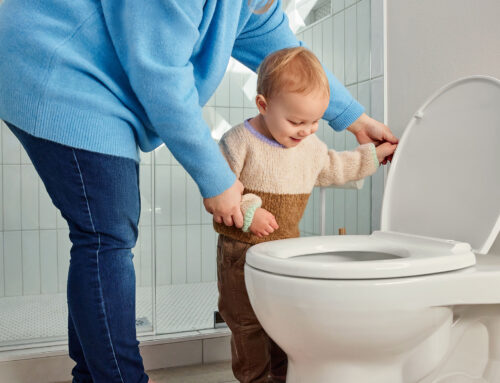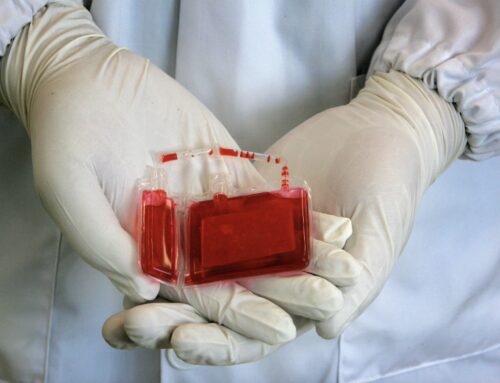Body Piercings: The Risks
Is body piercing safe?
Body piercing can be safe when done by a professional piercer using sterile equipment and following proper hygiene practices. However, there are risks associated with body piercing that individuals should be aware of, including:
- Infection: The risk of infection is one of the primary concerns with body piercing. If the equipment used is not sterile or proper aftercare is not followed, bacteria can enter the piercing site and cause infection.
- Allergic reactions: Some individuals may experience allergic reactions to the metal used in the piercing jewelry, such as nickel or certain types of steel. This can cause redness, itching, swelling, or even a rash around the piercing site.
- Bleeding and scarring: Piercings can cause bleeding, which may be prolonged in some cases, depending on the location and size of the piercing. Improper piercing techniques can also lead to scarring or keloid formation.
- Nerve damage: If a piercing is not placed correctly or if there is a mistake during the procedure, nerve damage can occur, leading to numbness, tingling, or loss of sensation in the area.
- Rejection and migration: Sometimes the body may reject the piercing jewelry as a foreign object, leading to the jewelry being pushed out of the skin (known as rejection) or moving from its original placement (known as migration).
- Oral health risks: Oral piercings, such as tongue or lip piercings, can increase the risk of dental problems, such as chipped teeth, gum damage, and infections in the mouth.
To minimize these risks and ensure a safe piercing experience, it is important to choose a reputable piercer who uses sterilized equipment, follows proper hygiene practices, and provides aftercare instructions. It is also essential to keep the piercing clean and follow the aftercare guidelines provided by the piercer to promote healing and reduce the risk of complications.
How do I know that my piercing shop is safe and sterile?
To ensure that a piercing shop is safe and sterile, consider the following factors:
- Professional certification: Check if the piercer is certified by a reputable organization, such as the Association of Professional Piercers (APP). Certification shows that the piercer has undergone training in proper piercing techniques, hygiene practices, and infection control.
- Cleanliness and hygiene: The piercing studio should be clean, well-maintained, and free of clutter. Look for signs of good hygiene, such as clean floors, countertops, and treatment areas. The piercer should wash their hands thoroughly and wear fresh gloves for each procedure.
- Sterilization of equipment: Make sure that all piercing needles, jewelry, and equipment are properly sterilized using an autoclave, a device that kills bacteria, viruses, and other pathogens. Ask the piercer to show you their sterilization procedures and equipment.
- Use of single-use disposable needles: The piercing needles should be single-use and disposable to prevent the risk of cross-contamination. Make sure that the piercer opens a new, sealed needle and jewelry package in front of you before the procedure.
- Jewelry quality: Check that the jewelry used for the piercing is made of high-quality materials, such as surgical-grade stainless steel, titanium, or 14k gold. Low-quality or cheap jewelry can increase the risk of allergic reactions and infections.
- Aftercare instructions: A reputable piercer will provide you with detailed aftercare instructions on how to clean and care for your piercing to promote healing and prevent infections. Follow these instructions carefully to ensure proper healing.
- Reviews and references: Look for online reviews or ask for personal recommendations from friends or family members who have had successful piercings at the studio. A positive reputation and feedback from previous clients can be a good indicator of a safe and reputable piercing shop.
It is essential to trust your instincts and feel comfortable with the piercer and the studio before getting a piercing. If you have any doubts about the cleanliness or safety of the piercing shop, it is best to find another studio that meets your standards for hygiene and professionalism.
What should I do if my piercing becomes infected?
If your piercing becomes infected, it’s important to take action promptly to prevent the infection from worsening. Here’s what you can do:
- Clean the area: Gently clean the area around the piercing with saline solution or a saline wound wash. Avoid using alcohol, hydrogen peroxide, or harsh soaps, as these can irritate the skin and delay healing.
- Remove any irritants: If your piercing is irritated by clothing or jewelry, remove or adjust them to reduce irritation.
- Apply a warm compress: Apply a warm, moist compress to the infected area for about 5-10 minutes several times a day. This can help soothe the area and promote drainage of any pus.
- Avoid touching the piercing: Avoid touching the infected area with dirty hands, as this can introduce more bacteria and worsen the infection.
- See a healthcare provider: If the infection does not improve with home care, or if you develop signs of a more serious infection such as fever, chills, or spreading redness, see a healthcare provider. They may prescribe antibiotics or recommend other treatments.
- Follow aftercare instructions: Follow any aftercare instructions provided by your piercer or healthcare provider, such as cleaning the area regularly and avoiding certain activities or products.
It’s important to note that infections can occur even with proper piercing care. If you suspect an infection, it’s best to seek advice from a healthcare professional to prevent complications.




